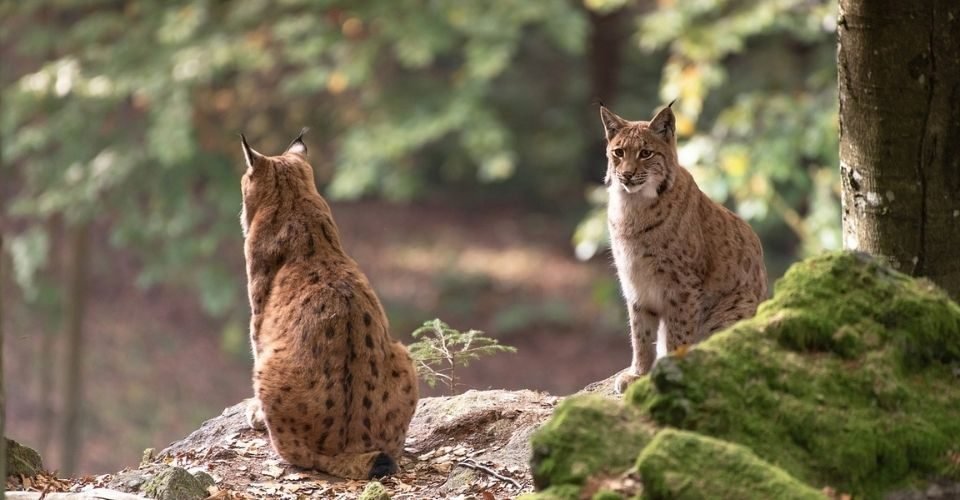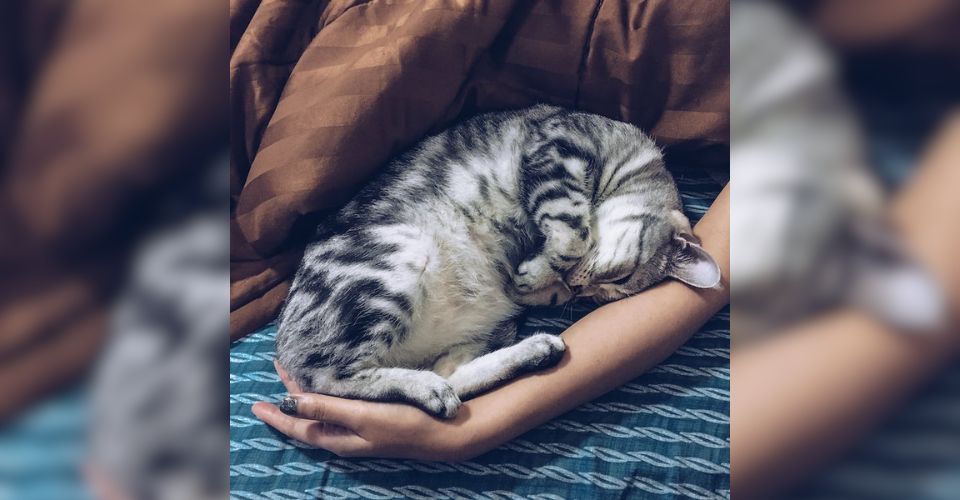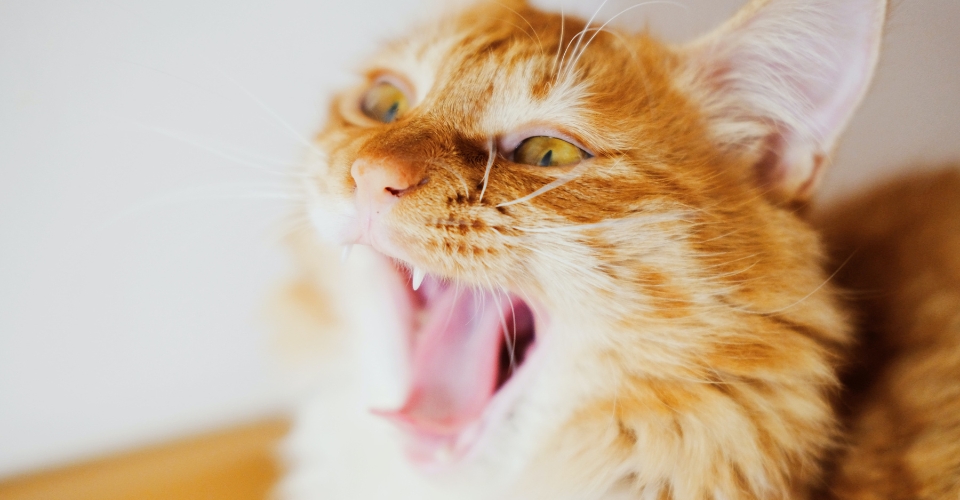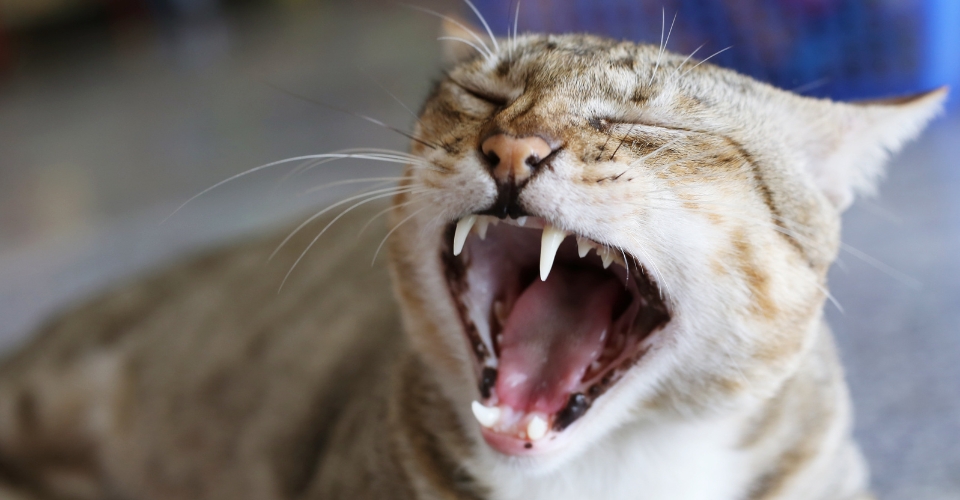Bobcats are the most common wildcats found in North America. Also referred to as Red lynx, bobcats weigh between 11 – 40 lbs. and have a height of around 26 – 41 inches. Their size is roughly two times larger than domestic cats. The distinguishing feature of this species is its stubby tail which is usually 4 to 7 inches long. The tail may have two or three black bars. Bobcats have tufted ears, and their face has black, thin lines. The lifespan of these cats is almost the same as that of an average house cat.
Many landowners—or those who wish to explore the wild—in the U.S. are coming into contact with these wildcats. But are these Bobcats dangerous to humans and pets? How to deal with a bobcat if you encounter them at your property?
We will explore the answers to these queries in this blog.
How to Distinguish a Bobcat From Other Cats?
Bobcats may look like tigers because of their large paws, long legs, tufted ears, and spotted bellies. These cats are often confused with other wild cats like mountain lions, but they are actually smaller in size as compared to them. The distinct features of bobcats make them easy to recognize and differentiate them from other animals. Some of these distinguishing features are:
- Weighs around 11 – 40 lbs.
- Half in size as compared to mountain lion
- Short, bobbed tail
- 2 – 3 feet long
- Pointed, tufted ears
- Rear legs are longer than front legs
- 2 or 3 times bigger than the size of domestic cats
Are Bobcats Dangerous for Humans and Pets?
Bobcats are rarely found in dense urban areas as they are pretty shy and solitary animals. These cats are rarely seen carnivores, but it doesn’t mean that they aren’t around.
Bobcats don’t pose any real threat to humans, but they may attack pets or domestic animals. They are capable of taking down large animals because of their sharper teeth and claws. They are known for killing small dogs, birds, rabbits, deer, pigs, lambs, poultry, pet cats, and claves. Cytauxzoonosis is a highly fatal disease in domestic felines which bobcats transmit.
A bobcat generally doesn’t attack humans, but in some instances, it may attack if angered or when their habitat is threatened. Bobcats are dangerous to humans and animals especially if they are injured, rabid, or while defending their young ones. So, if you see a bobcat aggressive or in an attacking mode, it’s better to keep your distance and get away from them immediately.
In case if a bobcat has attacked or bitten you, immediately seek medical attention. Sometimes aggressive bobcats are afflicted with rabies. That’s why proper medical treatment is needed after a serious encounter with a bobcat.
Don’t Encourage Your Children to Get Closer to Bobcats
It is necessary to educate your children not to interact with wild animals. As bobcats resemble a lot with domestic cats, children may be attracted to go closer to them. If you are outdoor, where you can come across bobcats or other wild animals, let your children know about the difference between domestic and wild animals.
How to Discourage Bobcats From Visiting Your Place?
A constant food supply place may appeal to bobcats to visit your place most frequently. You can avoid bobcats by making plenty of noise using bells. Try to clear all the bushes and other hiding places in your vicinity. Keeping pet food outside may attract wild animals, including bobcats. Therefore, house owners should follow protective measures and try bringing in their food dishes at night.
If you observe a bobcat in your vicinity, don’t let it go without terrifying it. You can scare them by yelling or loud clapping. You may hurl—or pretend to pick up and hurl—rocks or stones towards them to scare these wild animals.
Ways to Prevent and Control Bobcats
If bobcats persistently attack livestock, it’s better to contact a government agency or wildlife control professionals to relocate or take care of them. Livestock can be protected from bobcats by using fences, if practicable. The fences should be 6 feet high, and their bottom must be 6 to 12 inches below the ground level. At the top of this fence, add an angle facing outward at 45° with a width of 16 inches. You can also install hot wires at the top of the fences to keep bobcats away from your home.
Pets must not be left unattended for a longer duration of time if you live in an area where bobcats are frequently encountered. Don’t allow your pets to roam freely outside as it may attract wild animals and bobcats, which may cause a threat to their lives. Never encourage your pets to play or get closer to wild animals. Last but not least, keep your pets vaccinated to avoid diseases transmissible by wild animals.
A bobcat may rarely bite a human, but if it happens, the victim should immediately consult a doctor for the possibility of rabies or any other health issue.





